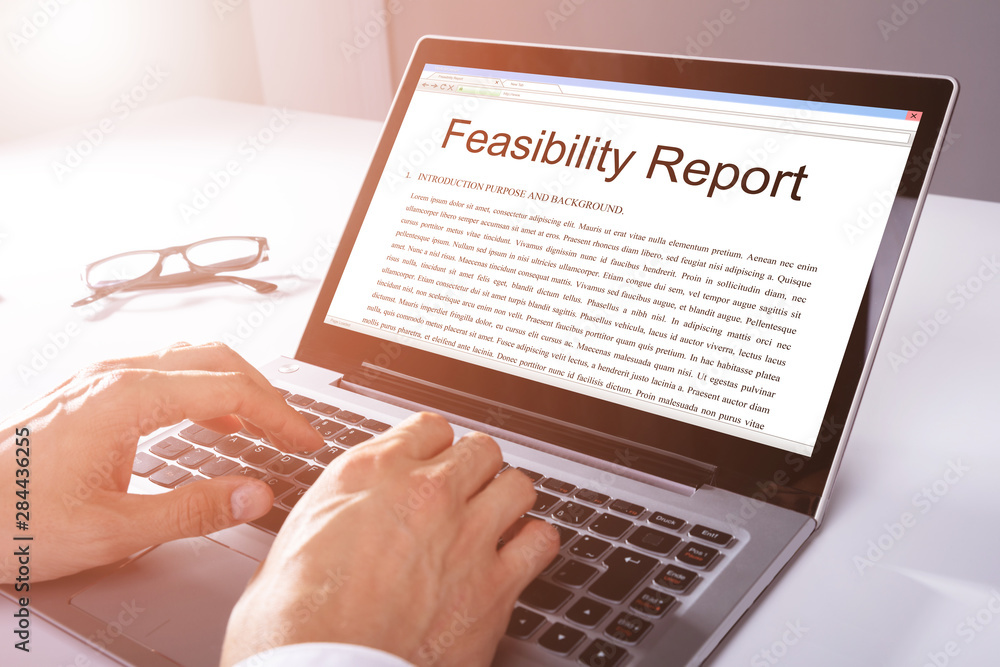As part of the RIBA Plan of work blog series, this post will delve into Stage 0, a crucial phase in project development where the client’s needs and goals are clarified.
According to the RIBA Plan of work (Source: RIBA, 2022), Stage 0 involves determining how the client wants to achieve their objectives, primarily focusing on financial planning and resource identification (RIBA, 2022).
This stage is essential in identifying any potential risks, opportunities, and constraints that may impact the project’s success.
According to research by the National Institute of Building Science (Source: NIBSP, 2019), the primary objectives of Stage 0 include producing a Business Case and Client Requirements.
Depending on the project’s complexity, this stage can either be a straightforward review or a more extensive process requiring the involvement of multiple consultants.
The output of Stage 0 includes two primary deliverables: the Business Case (the need) and Client Requirements (the details/spec).
To deliver the best outcome for the client, it is crucial to consider the skills and expertise required to bring the project team together.
Different projects present unique challenges and site-specific requirements, necessitating tailored skills and approaches (ICELABZ, 2022).
As stated by the Construction Industry Research and Information Association (CIRIA, 2018), the main consideration for the customer is what skills need to be brought to their team, as varying sites and briefs demand distinct skills and strategies.
When creating a business case, it necessitates the involvement of diverse consultants, including financial and construction experts.
Insights from whole-life cost analysis and sustainable design can provide a comprehensive understanding of the project’s economic and environmental implications.
Effective business case development requires strategic thinking, management consulting skills, and the ability to model and forecast costs (ICELABZ, 2022).

The team you have at Stage 0 will be completely different to the team in Stage 1, and understanding this is crucial for a successful project. Research by Fast Company suggests that “the right team can help prevent miscommunication among team members.” Choosing the right team at each stage is essential, as demonstrated by examples where Stage 1 projects required more construction-focused teams for building, and Stage 0 was focused on business aspects such as profit, costs, and investment needed.
Stage 0 should be distinct from Stage 1, and the design team should only be appointed until Stage 2, according to guidelines from Project Management. This allows for the completion of necessary drawings before moving into production and construction. Attempting to engage designers at an earlier stage is unnecessary, as highlighted by Marvelous.org, which emphasizes the importance of understanding the project’s requirements before initiating design work.
According to the Royal Institute of British Architects (RIBA), Stage 0 should be distinct from Stage 1, and the design team should not be appointed until Stage 2. This is because the design work does not commence until then, but it’s crucial to start with necessary drawings before moving into production and construction (RIBA, 2022). Engaging a design team at an earlier stage is not only unnecessary but may also lead to a mismatch between the client’s requirements and the final product.
However, some clients may be interested in receiving design consulting services, which can provide valuable strategic advice and support. If clients are unsure about addressing a project’s key challenges, they can reach out to RIBA Client Advisers for guidance. These professionals can offer expert advice on how to navigate complex projects and ensure that the final outcome meets the client’s needs (RIBA, 2022). By seeking the help of RIBA Client Advisers, clients can avoid costly mistakes and ensure that their project is delivered successfully.
During Stage 0, it’s essential to consider how the client requirements align with the project budget. If delivering the outcome is likely to be unaffordable, there’s no point in proceeding to Stage 1. A thorough analysis of the client’s budget can help identify potential issues and ensure that the project is feasible (Chartered Institute of Building, 2019). By carefully evaluating the project’s budget, clients can avoid unnecessary expenses and ensure that their project is completed on time and within budget.